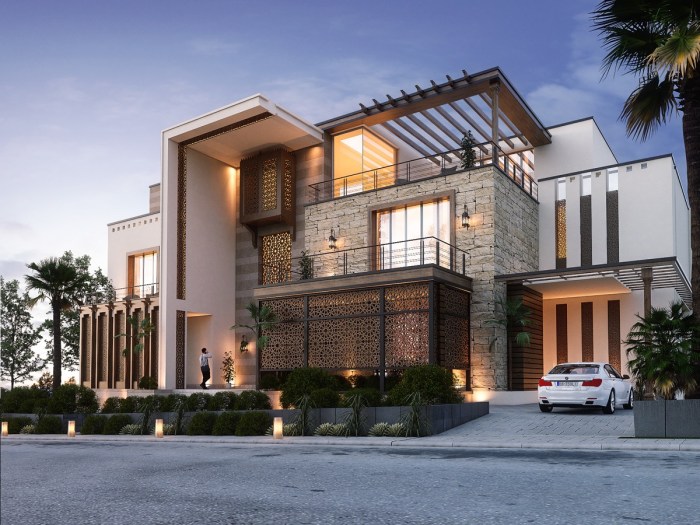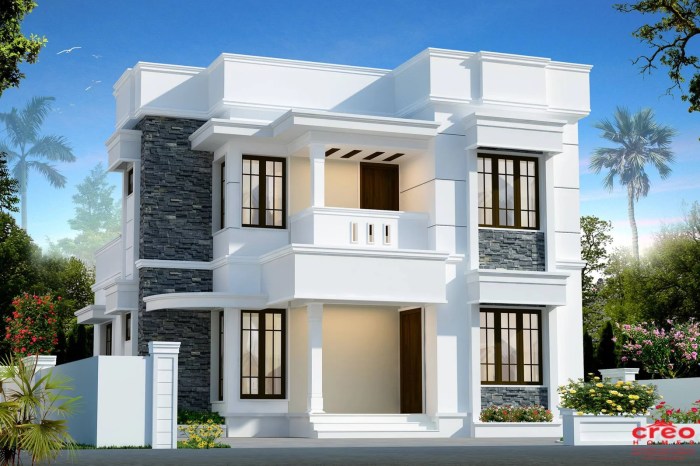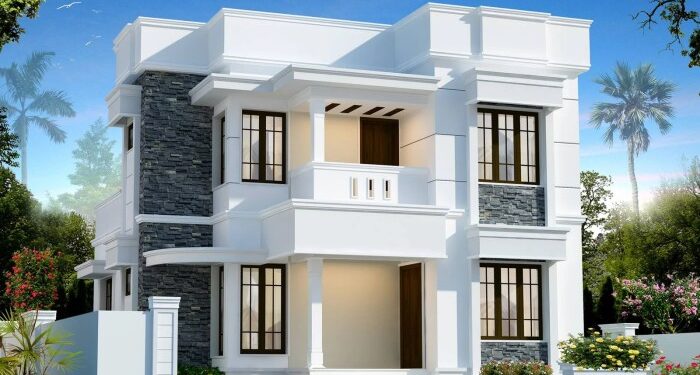Embark on a journey into the world of house design, where creativity meets functionality. From sketching blueprints to bringing dream homes to life, house designers play a pivotal role in shaping our living spaces. Let's dive into the intricate details of this fascinating profession.
What Does a House Designer Do?

House designers play a crucial role in creating functional and aesthetically pleasing residential spaces. They are responsible for designing and planning the layout, structure, and overall look of a house. Here are some key responsibilities and tasks typically performed by house designers:
Designing Floor Plans
House designers are skilled in creating detailed floor plans that take into account the client's needs, budget, and local building codes. They ensure that the layout maximizes space efficiency and flow while meeting the client's specifications.
Selecting Materials and Finishes
House designers help clients choose suitable materials and finishes for various elements of the house, such as flooring, cabinetry, fixtures, and lighting. They consider factors like durability, aesthetics, and budget to make informed recommendations.
Collaborating with Clients
House designers work closely with clients to understand their vision, preferences, and lifestyle requirements. They incorporate client feedback throughout the design process to ensure that the final result meets their expectations.
Coordinating with Other Professionals
House designers collaborate with architects, structural engineers, contractors, and other professionals involved in the construction process. They communicate design ideas, resolve design issues, and ensure that the project progresses smoothly and according to plan.Overall, house designers combine creativity, technical expertise, and communication skills to bring their clients' dream homes to life.
Skills Required for House Designers

House designers need a unique set of skills to excel in their profession. These skills encompass creativity, attention to detail, and technical proficiency in CAD software. Each skill plays a crucial role in the success of a house designer.
Importance of Creativity and Attention to Detail
Creativity is essential for house designers as it allows them to think outside the box and come up with innovative design solutions. A creative mind can envision unique layouts, functional spaces, and aesthetically pleasing designs that set a house apart.
Attention to detail complements creativity by ensuring that every aspect of the design is carefully thought out and executed. From the placement of furniture to the selection of color schemes, a keen eye for detail can elevate a design from good to exceptional.
Technical Skills in CAD Software
Proficiency in CAD software is a must-have skill for house designers in the modern age. CAD (Computer-Aided Design) software allows designers to create accurate and detailed 2D and 3D models of their designs. This precision is crucial for communicating design ideas to clients, contractors, and other stakeholders.
CAD software also streamlines the design process, enabling designers to make quick changes, explore different options, and produce professional-quality drawings efficiently. Overall, technical skills in CAD software contribute significantly to the success of a house designer in today's competitive market.
Education and Training for House Designers
Becoming a successful house designer typically requires a combination of formal education and practical training. Here is an overview of the educational background, specialized training, and certifications that can enhance a house designer's credentials.
Typical Educational Background
House designers usually hold a bachelor's degree in architecture, interior design, or a related field. These programs provide a solid foundation in design principles, spatial planning, building codes, and construction methods. Some designers may also pursue a master's degree for advanced knowledge and specialization.
Specialized Training or Certifications
House designers can benefit from specialized training programs or certifications that focus on specific aspects of design, such as sustainable design, universal design, or computer-aided design (CAD) software
Importance of Staying Updated
Staying updated with the latest trends and technologies in the field of house design is crucial for house designers to remain competitive and relevant. This includes keeping up with new materials, building techniques, and design software. Continuous learning and professional development help designers adapt to changing client preferences and industry standards.
Trends and Innovations in House Design
In the ever-evolving field of house design, staying abreast of the latest trends and innovations is crucial for designers looking to create cutting-edge and sustainable living spaces.
Sustainable Architecture
Sustainable architecture has become a major trend in house design, with a focus on using eco-friendly materials, energy-efficient systems, and incorporating green spaces into the design. This approach not only reduces the environmental impact of the building but also creates healthier and more comfortable living environments.
Smart Home Technology
The integration of smart home technology is another significant trend in house design, allowing homeowners to control various systems such as lighting, heating, security, and entertainment through their smartphones or voice commands. This technology enhances convenience, security, and energy efficiency in modern homes.
3D Printing and Virtual Reality
Advancements in 3D printing and virtual reality have revolutionized the work of house designers, enabling them to create detailed models and immersive virtual walkthroughs of their designs. This technology allows clients to visualize and experience the space before construction begins, leading to more efficient and accurate design processes.
Unique Design Concepts
Architectural styles such as minimalist, industrial, and Scandinavian design are gaining popularity in the industry, with a focus on clean lines, open spaces, and natural light. Unique design concepts like adaptive reuse of existing structures, rooftop gardens, and sustainable materials are also becoming more prevalent in modern house design.
Challenges Faced by House Designers
House designers often encounter various challenges during the design process, ranging from budget constraints to conflicting client preferences. Overcoming these obstacles requires creativity, flexibility, and effective communication skills to ensure successful project completion.
Budget Constraints
One of the most common challenges faced by house designers is working within tight budget constraints. Designers must find innovative solutions to deliver high-quality designs while staying within the financial limitations set by the client. To overcome this challenge, designers can:
- Research cost-effective materials and construction methods
- Prioritize essential design elements and allocate budget accordingly
- Communicate openly with clients about budget restrictions and set realistic expectations
Client Preferences
Another challenge for house designers is managing conflicting client preferences. Clients may have specific design ideas that do not align with the designer's vision or practical considerations. To navigate this challenge, designers can:
- Listen actively to the client's needs and preferences
- Offer alternative design options that meet both the client's wishes and the project requirements
- Educate clients about design principles and guide them towards realistic solutions
Maintaining Creativity and Originality
While adhering to project requirements and limitations, house designers must also maintain creativity and originality in their designs. This balance can be challenging, but designers can employ the following strategies to stay inspired:
- Seek inspiration from various sources such as nature, art, and architecture
- Experiment with different design styles and techniques
- Collaborate with other designers to exchange ideas and perspectives
Closing Summary
As we bid farewell to this exploration of house design, we are reminded of the artistry and innovation that define this field. From overcoming challenges to embracing new trends, house designers continue to shape the way we envision our homes.
Top FAQs
What qualifications are needed to become a house designer?
To become a house designer, a degree in architecture or a related field is typically required. Additional certifications or specialized training can enhance one's credentials.
How do house designers stay updated with the latest trends?
House designers often attend workshops, seminars, and conferences to stay informed about new trends and technologies in the field of house design.
What challenges do house designers face when working on a project?
Common challenges include meeting client expectations, working within budget constraints, and balancing creativity with project requirements.












